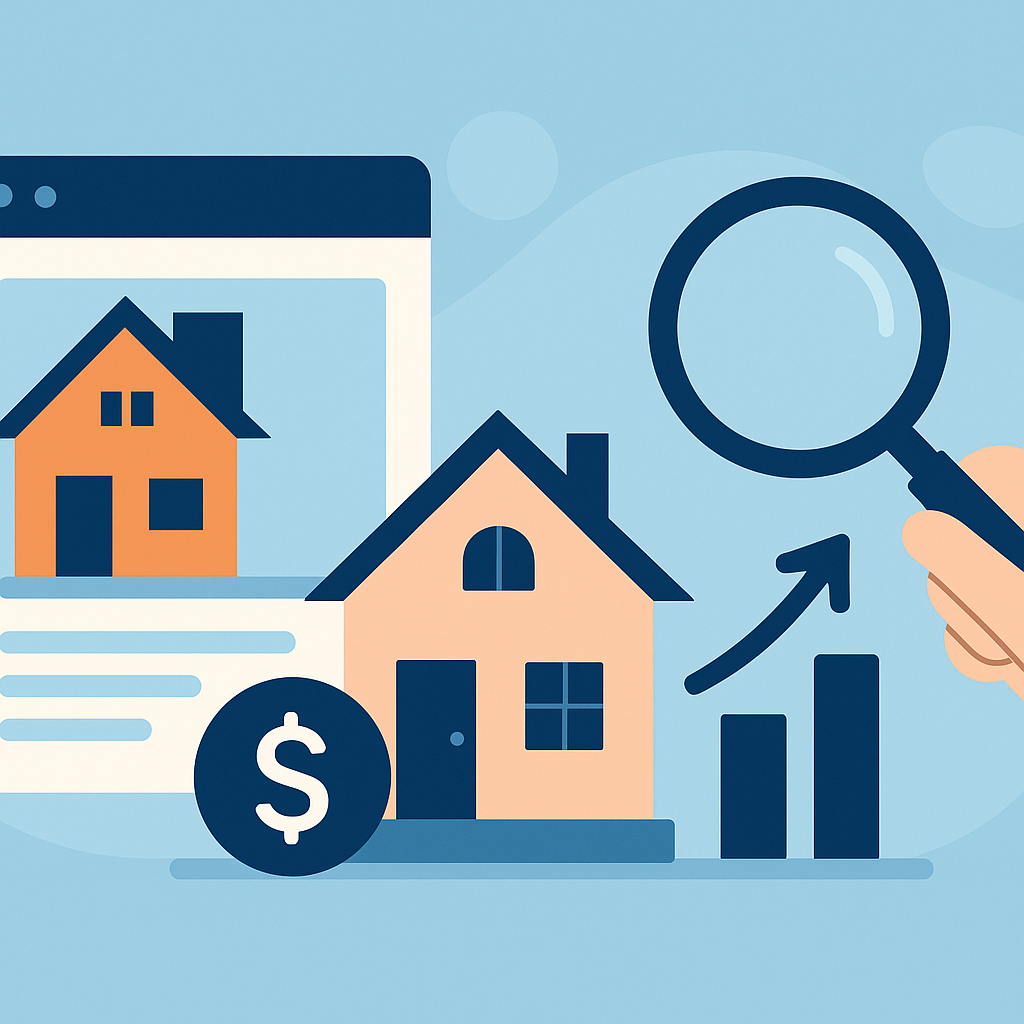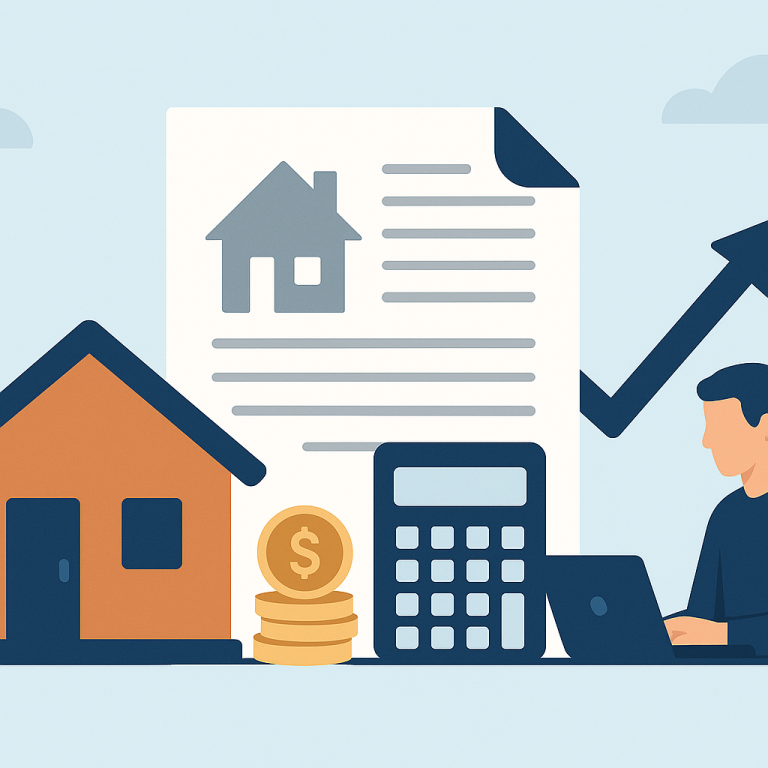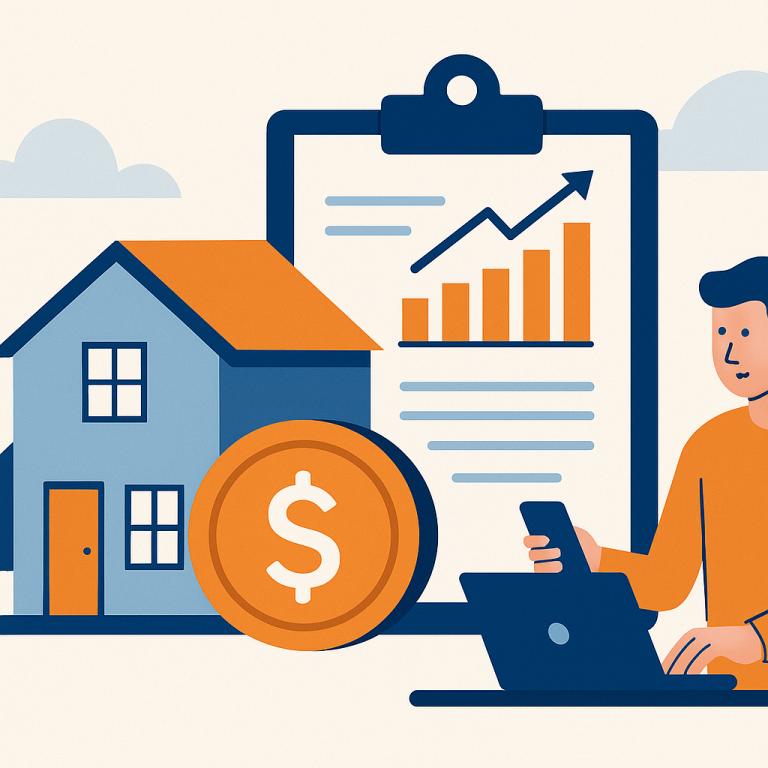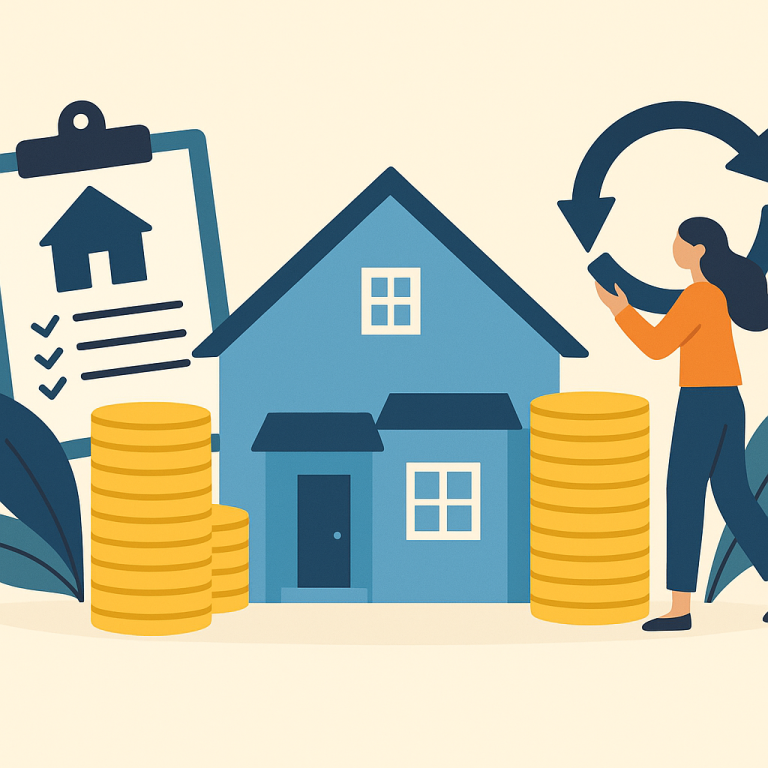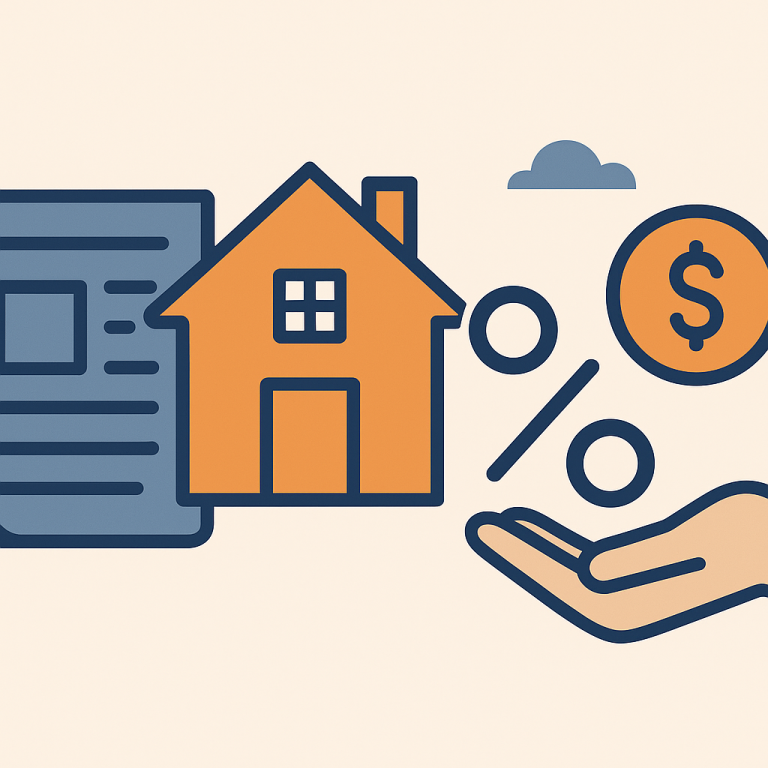Major Lender Cuts Refinance Closing Costs $800, Boosting Refinancing Demand
At a glance: Lower refinance fees and closing costs and how it could affect refinancing decisions.
Lenders have cut refinance origination fees, reducing closing costs and shortening breakeven timelines for many borrowers.
What Lower Refinance Fees Mean for Borrowers
Many homeowners evaluating a refinance today are shifting focus from simply chasing the lowest possible monthly payment to shortening the length of their mortgage. As interest-rate volatility eases from recent peaks, refinancing into a shorter-term loan is becoming an attractive way to reduce total interest paid and accelerate equity building without relying on large rate declines.
What’s Driving the Shift
Two practical considerations are driving the trend. First, borrowers who have paid down principal or seen home values improve can qualify for terms that allocate more of each monthly payment to principal. Second, when rates settle in a range close to a homeowner’s current mortgage, the math often favors a term reduction over a rate-only refinance. In other words, even a modest rate change paired with a shorter repayment period can create meaningful long‑term savings.
Cost and Timing Considerations
Refinancing always involves closing costs and fees, so homeowners need to weigh upfront expenses against future savings. Typical cost drivers include appraisal fees, lender charges, title work, and any points paid to lower the rate. Because those costs are paid at closing, the break-even point—the moment cumulative savings exceed refinance costs—remains a key metric. When the goal is term shortening, the break-even horizon can look different than when the goal is lowering monthly payments; borrowers should model both outcomes.
The timeline for a refinance varies by lender and loan complexity but generally spans several weeks from application to closing. Gathering documents early—recent pay stubs, tax returns, and mortgage statements—helps speed the process. Homeowners with simpler income situations and strong credit profiles typically move faster through underwriting.
Who Benefits Most
Shorter-term refinances are most appealing to homeowners who plan to stay in their homes for a number of years, have manageable monthly budgets, and want to reduce lifetime interest costs. Borrowers nearing retirement or those motivated to pay off their mortgage sooner often find a shortened term aligns with personal finance goals. Conversely, owners who expect major life changes or who prioritize monthly cash flow may prefer an alternative refinance that lowers immediate payments.
Practical Steps for Homeowners
- Run comparative scenarios: Ask lenders for quotes that show both rate-and-term options—lower rate with same term, and shorter term with a similar rate—so you can compare total interest and monthly impact.
- Calculate break-even and total-interest outcomes: Factor in closing costs and projected time in the home to determine whether a shorter-term refinance makes sense financially.
- Shop multiple lenders: Fees and underwriting flexibilities vary. Obtain several estimates to identify the best combination of rate, term, and cost.
- Prepare documentation early: Organized paperwork reduces friction and can shorten processing time.
- Consider partial prepayment strategies: If a full refinance to a much shorter term isn’t desirable, explore options like refinancing to a slightly shorter term while keeping payments near current levels to gradually increase principal repayment.
Homeowner Takeaways
Refinancing to a shorter mortgage term can be an efficient strategy to save on lifetime interest and build equity faster when rates are stable relative to your current loan. Conduct scenario analysis that includes closing costs and expected time in the home, compare multiple lender offers, and prioritize the option that aligns with your cash-flow needs and long-term goals.
META: angle=shorter-term-refinance; audience=homeowners; format=news-article

